Whether it’s the mindful movements, the flow or the full-body burn, Pilates continues to be hugely popular in Australia – and if you’ve ever left a class inspired to become an instructor, you’re not alone. Want to turn your Pilates passion into a career? This is a great starting point.
We’ve chatted with the President of Pilates Association Australia about the pathways to becoming a Pilates instructor, and what to expect along the way.

Robyn Rix is the President of the Pilates Association Australia, the peak industry body for Pilates in Australia, and curator of the Pilates Science website, a hub for research relating to Pilates. She is also the founder and owner of Pilates Works, a boutique Pilates studio on the lower North Shore of Sydney. She holds a Diploma of Professional Pilates Instruction and is a second-generation Pilates instructor and trainer, having graduated from the Pilates Master Mentor Program in Florida conducted by Lolita San Miguel, the only surviving person who was certified by Joseph Pilates to teach his method.
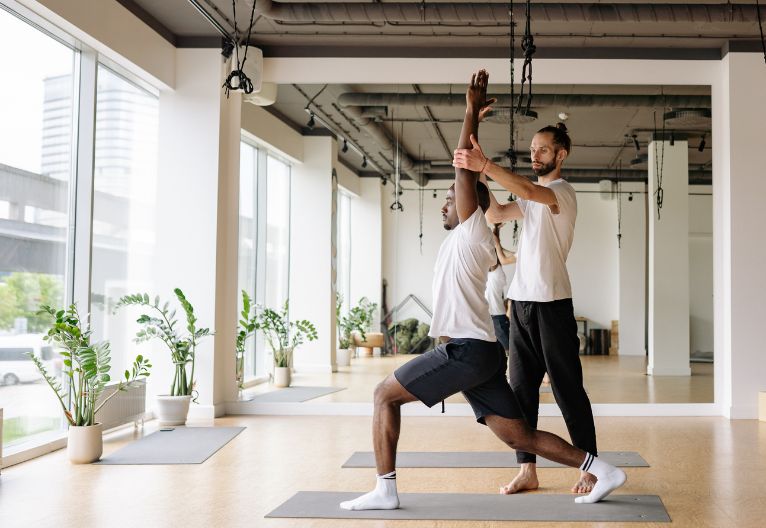
How do you find a good Pilates instructor course in Australia?
To find a reputable Pilates instructor course in Australia, we recommend looking for programs accredited by industry leaders or associations, such as the Pilates Association Australia (PAA). We also encourage prospective students to take some classes at different studios with instructors trained by different educators, or where the education courses are held. This will help students find a course that is a good fit, one that meets their specific needs and goals.
What specific training do Pilates instructors complete?
Specific Pilates instructor training typically includes both theoretical and practical components. A fully comprehensive course has a minimum of 450 hours of study and application and can take anywhere from 9 to 18 months to complete.
A fully comprehensive Pilates qualification covers anatomy, movement principles, teaching methods, special populations and equipment use. A main point of difference in a fully comprehensive course is the inclusion of practical work placement and self-mastery. Some programs may also offer specialisations in specific Pilates styles or populations, for example, a classical (Joseph Pilates original “Contrology”) Pilates training course may differ from the more contemporary courses.
The PAA receives many calls asking for assistance in choosing a course. Being the peak industry body for over twenty years, we have a deep and broad understanding of the offerings available in the marketplace.
What qualifications do you need to be a Pilates teacher?
Qualifications Needed: Requirements would depend on the scope of work. Mat instructors should have a Certificate IV in Pilates or completion of all mat units taken from a comprehensively approved PAA course.
Similarly, reformer teachers should have completed the required units relating to teaching reformer classes taken from an approved comprehensive course. Working in a fully equipped Pilates studio requires the Diploma or a similar comprehensive course. You need to complete additional studies to specialise in a particular area. Short continuing education courses designed for fitness instructors cannot cover the full scope of the Pilates Method. The risk here is that the full benefits of Pilates are then not delivered.
“I see the explosion of large group reformer classes and people wanting to cash in on this, leading to shortcuts being taken. As a result, as the President of the PAA, I am hearing of more injuries, some quite serious, in these classes and as a peak body we are concerned for the safety of the public.”
Robyn Rix, PAA President
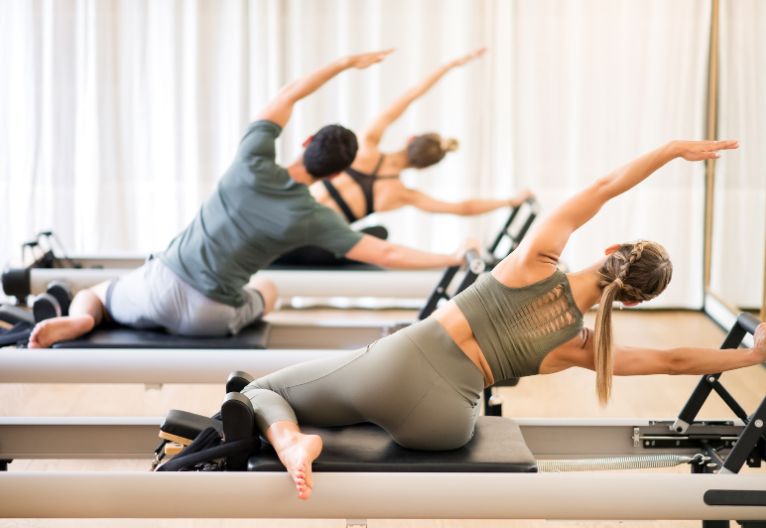
How long does it take to become a Pilates instructor?
The duration to become a qualified Pilates instructor can vary depending on the program structure and whether you are studying part-time or full-time. As noted above, a full qualification such as a Diploma in the Pilates Method would generally take 12 – 18 months. A mat or reformer certification would typically take 4 – 6 months. This is the industry standard.
Once completed, it is relatively easy to find employment. Given the requirements for practical work placement, graduates are work-ready. If a short course or one not recognised by the PAA is undertaken, employers are generally reluctant to employ these individuals as additional on-the-job training is almost always necessary.
Is Pilates regulated in Australia?
Pilates is not currently regulated in Australia, which means there are no government-mandated requirements for becoming an instructor. However, obtaining certification from recognised training organisations is essential for professional credibility, obtaining insurance and public safety. The Pilates Association Australia (PAA) works tirelessly towards setting standards for Australian teachers and for Pilates recognition within the health sector.
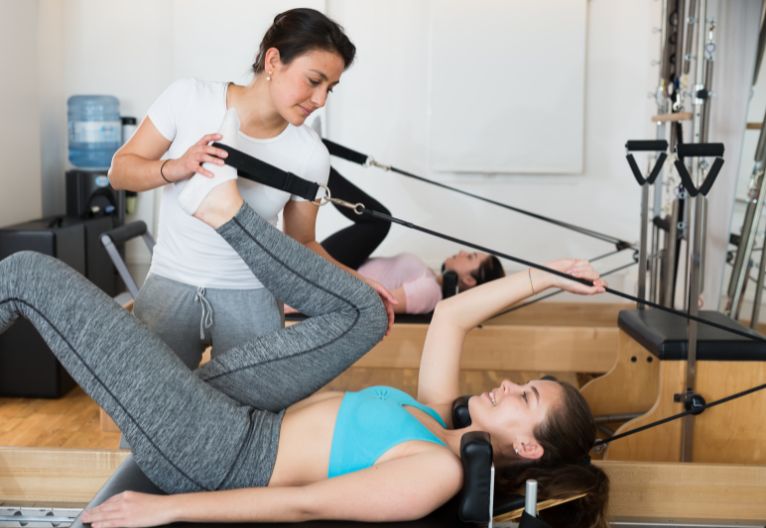
What is a Pilates instructor’s salary in Australia?
A Pilates instructor’s salary in Australia varies widely based on experience, location, and the employment setting. Generally, it can range from $28 to $70 AUD per hour. Fully equipped Pilates studios that offer classes that include private, semi-private and small groups would typically employ an instructor on a more permanent basis. A group fitness studio would generally employ teachers on a casual basis or as a contractor and this may be at a higher hourly pay rate but with less job security and may involve considerable travel.
“There are many teachers who choose Pilates as a career over a casual teaching “gig”. Individuals may be lured by the higher hourly rates available teaching large groups, but it generally means teaching a couple of classes here and there and this quickly leads to burn-out. Working in a fully equipped studio brings more continuity. As you build relationships with the clients, you get to experience the enormous rewards of seeing them progress, making improvements in their health and well-being as you work together regularly. I remember one of my very first clients who was experiencing migraines two to three times a week. The migraines started reducing immediately, and after six weeks, he was no longer experiencing them.”
Robyn Rix, PAA President
Are there plenty of pilates instructor job opportunities in Australia?
There are many job opportunities available for Pilates Instructors in Australia, particularly in urban areas where Pilates is thriving. With the increasing popularity of Pilates, instructors can find positions in studios, gyms, and wellness centres. With the current surge of popularity in Pilates, it is even more important to ensure instructors hold adequate qualifications.
Are you considering becoming a Pilates instructor? We’d love to hear what inspired you to begin the journey. Leave us a comment!



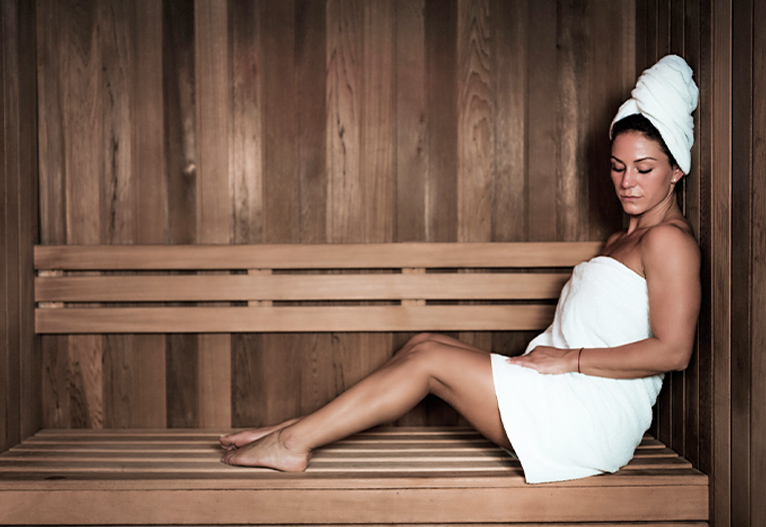
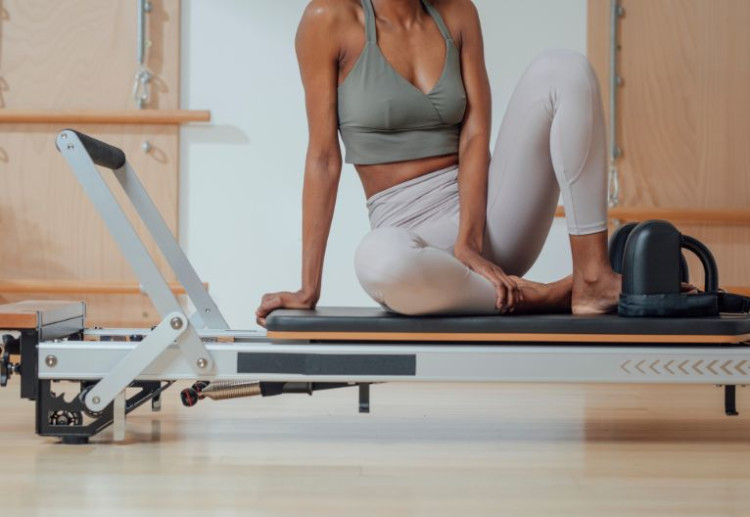
-

-
-
ChiWren, QLD
- 28 Aug 2025
👍
0 Likes
-

-
-
BH516570, WA
- 15 Jun 2025
👍
0 Likes
-

-
-
BH517511, SA
- 13 Jun 2025
👍
0 Likes
-
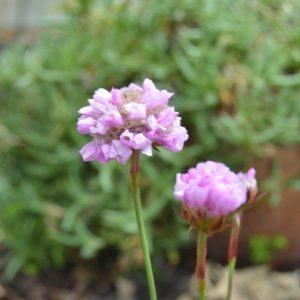
-
-
BH516706, NSW
- 05 Jun 2025
👍
0 Likes
-

-
-
BH519636, NSW
- 01 Jun 2025
👍
0 Likes
-

-
-
loves_coffee_and_wine, SA
- 13 May 2025
👍
0 Likes
-

-
-
BH516524, TAS
- 08 May 2025
👍
0 Likes
-

-
-
sars_angelchik, TAS
- 06 May 2025
👍
0 Likes
-

-
-
BH516496, QLD
- 02 May 2025
👍
0 Likes
-

-
-
loves_coffee_and_wine, SA
- 27 Apr 2025
👍
0 Likes
-

-
-
BH516524, TAS
- 26 Apr 2025
👍
0 Likes
-

-
-
BH519636, NSW
- 24 Apr 2025
👍
0 Likes
-

-
-
JH1981, WA
- 24 Apr 2025
👍
0 Likes
-

-
-
BH516504, VIC
- 23 Apr 2025
👍
0 Likes
Post a commentTo post a review/comment please join us or login so we can allocate your points.